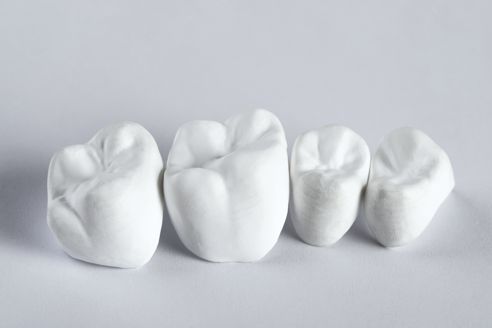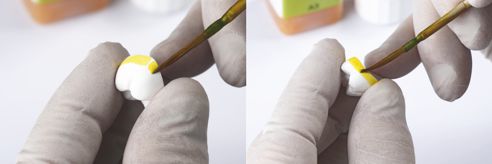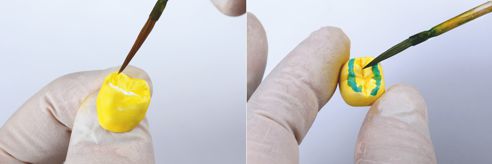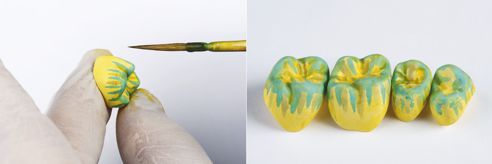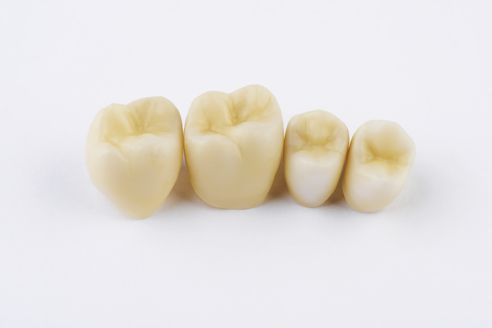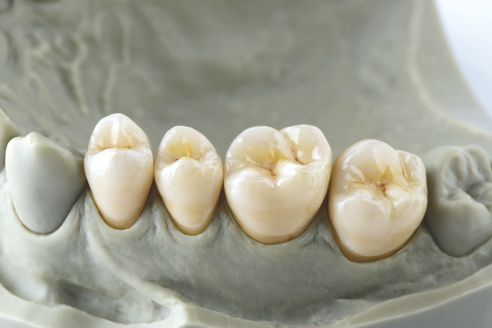Monolithic restoration made of HT zirconia
MDT Björn Czappa (m.c. zahntechnik, Oldenburg, Germany) has tried out the CAD/CAM blanks VITA YZ HT (VITA Zahnfabrik, Bad Säckingen, Germany) and explains in the interview how esthetically pleasing monolithic restorations can be manufactured from the highly translucent zirconia using coordinated shade liquids and stains. He also describes the essential processing steps and provides valuable tips for using the VITA YZ HT SHADE LIQUIDs.
DV: For what indications are monolithic restorations of highly translucent zirconia useful?
MDT Björn Czappa: In principle, in limited space conditions, to prevent chipping, and whenever speed is important. Finally, the decision must be made on an individual patient basis as to whether monolithic zirconia can be used.
DV: What are the main steps for characterizing with the VITA YZ HT SHADE LIQUIDs following CAM manufacture?
MDT Björn Czappa: When using this staining method with a brush technique, the SHADE LIQUID is first applied to the neck of the crown, the body portion and the incisal area. The effect is intensified by repeated application of the liquid. If needed, additional stains can also be used.
DV: Which of the liquids are recommended, in particular for use in the occlusal and incisal area, and what effects can be achieved with this?
MDT Björn Czappa: A natural depth effect is achieved with blue, transparency in the area of the cusps with grey. The supplementary shades of Chroma A-D are appropriate for interdental and cervical areas and to intensify fissures.
DV: After coloring, the zirconia restorations must be dried. What needs to be taken into consideration during drying, and how, specifically, is this to be done?
MDT Björn Czappa: The restorations can be dried under a 250 Watt infrared lamp or with the drying program Pre-Dry VITA YZ HT SL in the firing unit. After that, they can be sintered in the VITA ZYRCOMAT 6000 MS using the HighSpeed mode.
DV: After coloring, the restorations are characterized with stains and glazed. Why is this step important, what needs to be taken into consideration here?
MDT Björn Czappa: To protect the neighboring teeth from abrasion by the zirconia, the areas in occlusion should be polished to a high gloss, and the restoration then coated with a double layer of glaze. VITA AKZENT Plus GLAZE LT, for example, is suitable. The glaze firing temperature must not exceed 850°C.
A special thank you to Ms. Marita Heeren for the photographic images.
Report 03/16



